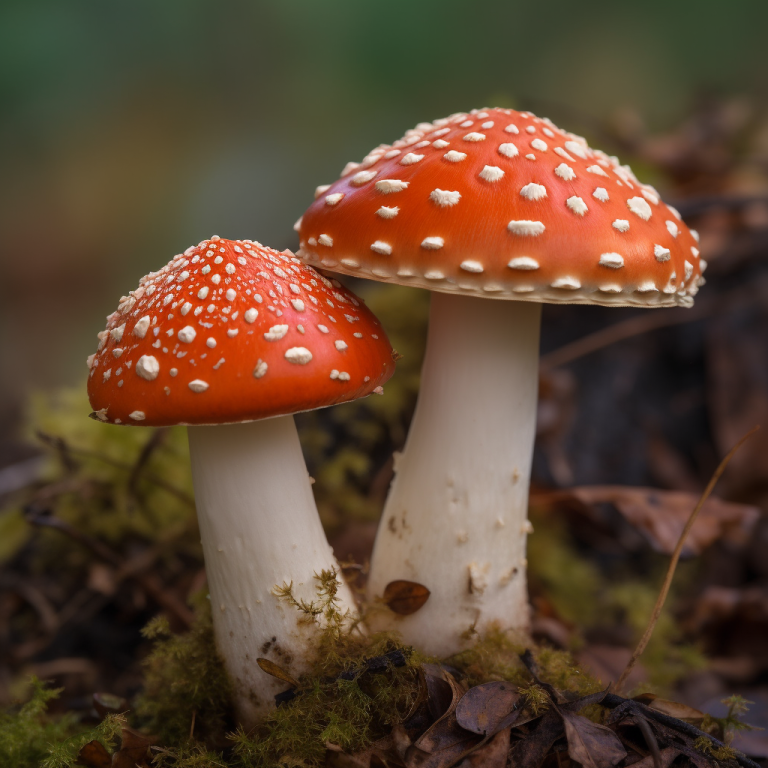Unraveling the Psychedelic Canvas: LSD’s Profound Influence on Artistic Styles
Opening the Psychedelic Door
Psychedelic aesthetics encapsulate the artistic manifestation of mind-altering experiences incited by substances like LSD. This hallucinogenic compound, renowned for its perception and cognition-altering capabilities, has influenced an array of artistic mediums including visual arts, music, and literature. The objective of this analysis is to unearth the compelling convergence of LSD and various artistic styles, exploring the historical progression of psychedelic aesthetics, and discerning its enduring impact on contemporary art forms.
A Trip Through Time: Psychedelics and Art
Psychedelics have been intertwined with art since antiquity, with ritualistic and artistic use traced back to numerous ancient cultures. The inception of LSD by Swiss chemist Albert Hofmann in the mid-20th century marked a pivotal moment in the crossroads of psychedelics and art. During the 1960s, coinciding with the explosion of recreational LSD use, psychedelic aesthetics seeped into popular culture, visually illustrating the hidden layers of consciousness and reality brought forth by the psychedelic experience.
Unveiling LSD: The Mind’s Master Key
The mind-bending powers of LSD, a psychoactive compound derived from the ergot fungus, disrupt normal neurotransmission by binding to serotonin receptors in the brain. These disruptions precipitate profound alterations in consciousness, such as synesthesia, amplified sensory experiences, and elaborate, often surreal, visual and auditory hallucinations. Recent scientific studies indicate that these experiences are the result of heightened connectivity between brain regions, which can foster novel associations and perceptions.
The Psychedelic Renaissance: An Artistic Revolution
The counterculture revolution of the 1960s served as the breeding ground for the psychedelic art movement. As recreational LSD use surged, artists channeled their altered states of consciousness into their creations, birthing a novel aesthetic that encapsulated the psychedelic experience. This art form is characterized by vibrant colors, intricate patterns, non-representational imagery, and often surreal or abstract themes, mirroring the hallucinatory journeys provoked by LSD.
Through the Kaleidoscope: LSD and Visual Art
The influence of LSD on visual art constitutes one of the most tangible cultural impacts of the drug. It inaugurated an artistic style brimming with vivid colors, intricate patterns, and a fusion of realism and surrealism that mirrored the psychedelic journey. Artists like Alex Grey, Mati Klarwein, and Robert Crumb crafted pieces that reflect the influence of LSD, often emphasizing themes of unity, transcendence, and altered perception. These artists attest to LSD’s ability to inspire creativity, foster novel aesthetic perspectives, and dissolve the boundaries of conventional artistic expression.
Tuning in to the Cosmic Jukebox: LSD and Music
The music industry, too, resonated with the influence of LSD. The psychedelic movement of the 1960s and 70s dramatically shaped popular music, birthing genres such as psychedelic rock, acid house, and psychedelic pop. These genres were defined by complex melodies, unconventional song structures, and lyrics echoing the psychedelic experience. Prominent artists like The Beatles, Pink Floyd, and Jimi Hendrix infused their LSD experiences into their music, pushing genre boundaries and setting the stage for much of today’s popular music.
Turning Pages, Shifting Perceptions: LSD and Literature
LSD’s influence also permeates the literary world. Authors like Aldous Huxley, Ken Kesey, and Hunter S. Thompson explored psychedelic themes in their works, often narrating their personal experiences with LSD. This sparked a new literary style marked by non-linear narratives, vivid imagery, and an exploration of altered states of consciousness. These authors works provided a window into their psychedelic experiences, highlighting the profound insights and challenging encounters that accompany LSD use.
Echoes of Psychedelia: LSD’s Contemporary Impact
Despite shifting societal attitudes towards LSD and tightened legal restrictions, the influence of LSD on art prevails. Traces of psychedelic aesthetics can still be seen in various contemporary art forms, from visual arts and graphic design to music and literature. Modern artists and musicians like Android Jones and Tame Impala continue to draw inspiration from the psychedelic experience, testament to the continued relevance of LSD-inspired aesthetics.
The Psychedelic Controversy: Criticism and Conflict
LSD’s influence on art has not escaped controversy. Critics express concerns about glorifying drug use, potential psychological harm, and the legality of LSD. The psychedelic art movement has also been critiqued for its perceived lack of skill or technique, with some viewing it as chaotic or unrefined. Despite these criticisms, proponents argue that psychedelic art presents a unique aesthetic that challenges traditional artistic norms and encourages a deeper exploration of consciousness and perception.
Closing the Psychedelic Chapter
In conclusion, LSD’s impact on various artistic styles is both profound and enduring. While controversy surrounds its use, the cultural significance of LSD-influenced art is undeniable. As societal attitudes towards psychedelics continue to evolve, we can expect ongoing exploration of psychedelic aesthetics, opening up exciting new avenues for artistic expression.
Shroomhub is your most trusted online mushroom dispensary in Canada, dutifully providing quality products at the most competitive prices to customers across all territories. Our broad product range includes everything from micro-dose mushroom capsules to Psilocybin containing dried mushrooms, and even extends to LSD products and DMT. Shop online today and take advantage of our low prices and rest easy knowing the Shroomhub team as your order taken care of.




